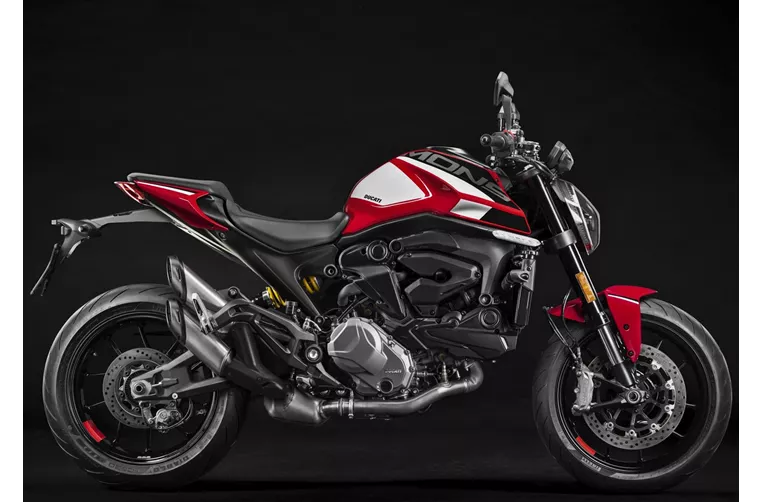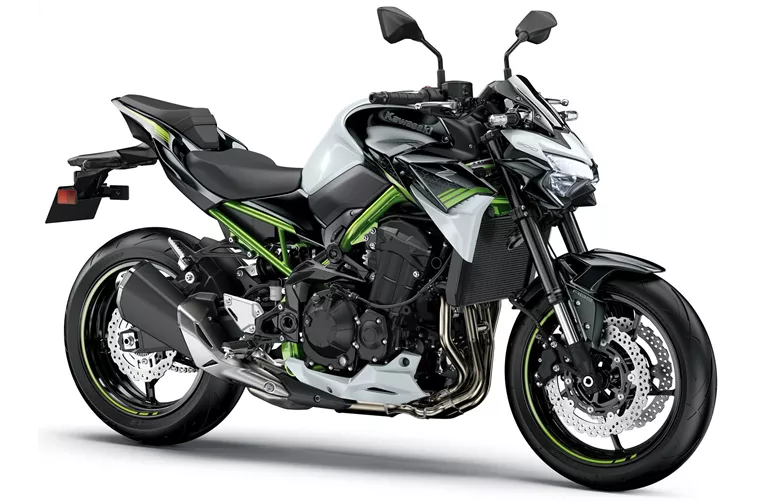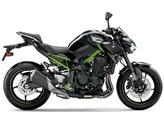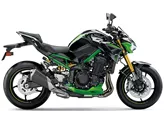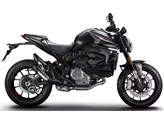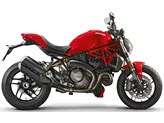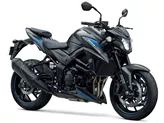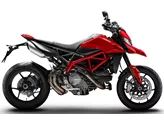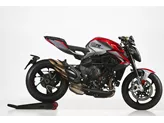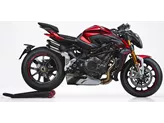Ducati Monster 2021 vs. Kawasaki Z900 2020
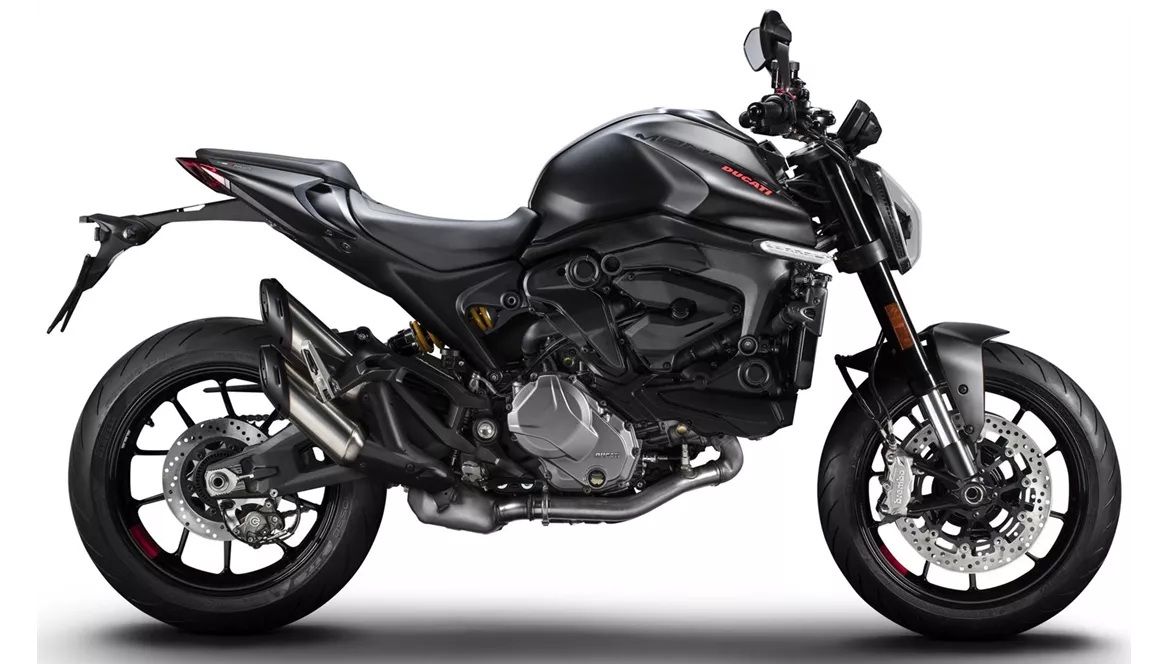
Ducati Monster 2021
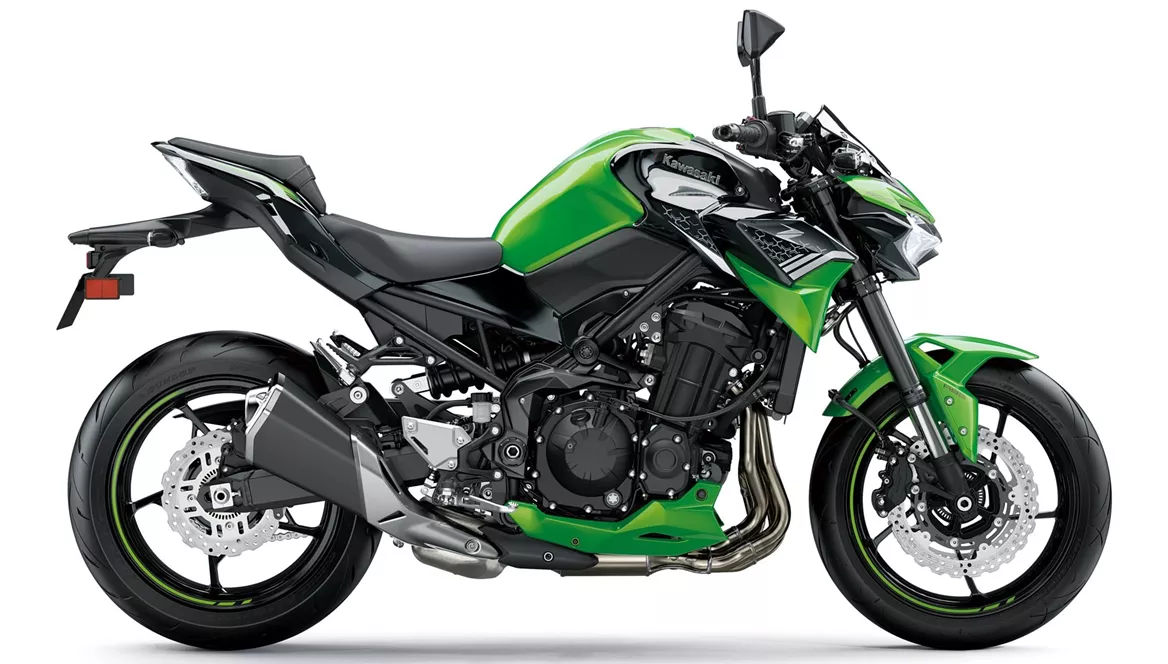
Kawasaki Z900 2020
Overview - Ducati Monster 2021 vs Kawasaki Z900 2020
The Ducati Monster 2021 and the Kawasaki Z900 2020 are both popular naked bikes with impressive specifications and features.
Starting with the Ducati Monster 2021, it is equipped with a V2 engine that delivers 111 HP of power and 93 Nm of torque. This engine provides a lot of power from low revs, ensuring an exhilarating riding experience. The fuel system is injection-based, and the bike has 2 cylinders and liquid cooling. With a displacement of 937 ccm, the Monster offers a good balance of power and efficiency.
In terms of suspension, the Ducati Monster 2021 features an Upside-Down telescopic fork at the front and a swing arm with a monoshock at the rear. The rear suspension offers preload adjustment and is made of aluminum, providing a good balance between comfort and stability. The frame of the Monster is made of aluminum and serves as a load-bearing engine, contributing to the bike's overall rigidity and handling.
The braking system on the Ducati Monster 2021 consists of double disk brakes at the front with a diameter of 320 mm and four pistons. The brakes utilize radial, monoblock technology, ensuring excellent stopping power and control. The bike also comes with advanced rider assistance systems such as riding modes, cornering ABS, launch control, ride by wire, quickshifter, traction control, and anti-wheelie. These features enhance the safety and performance of the bike.
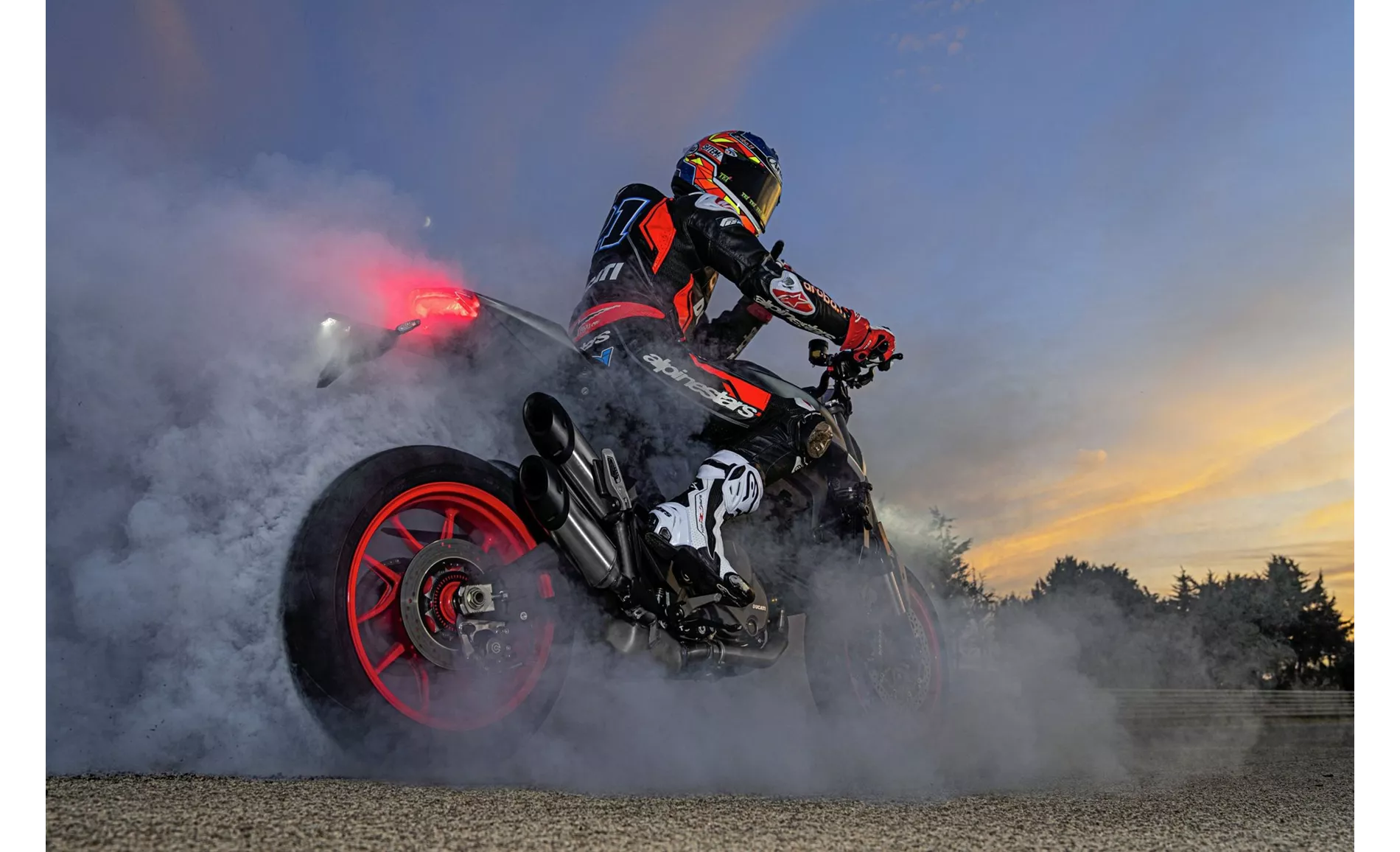
Ducati Monster 2021
In terms of dimensions and weights, the Ducati Monster 2021 has a front tire width of 120 mm and a diameter of 17 inches, while the rear tire has a width of 180 mm and the same diameter. The wheelbase is 1474 mm, providing stability and agility. The seat height is 820 mm, and the bike has a kerb weight of 188 kg with ABS. The Monster is equipped with LED daytime running lights, LED headlights, and a TFT display, adding to its modern and stylish appearance.
Moving on to the Kawasaki Z900 2020, it is powered by an in-line four-cylinder engine that delivers 125.4 HP of power and 98.6 Nm of torque. This engine provides strong performance and acceleration. Like the Ducati Monster, the Z900 has a fuel injection system, liquid cooling, and a displacement of 948 ccm.
The suspension setup on the Kawasaki Z900 2020 consists of an Upside-Down telescopic fork at the front and a swing arm with a monoshock at the rear. The rear suspension offers preload and rebound adjustment, allowing riders to fine-tune the bike's handling characteristics. The frame of the Z900 is made of steel and has a double cradle design, providing a good balance of rigidity and flexibility.
The braking system on the Kawasaki Z900 2020 includes double disk brakes at the front with a diameter of 300 mm and four pistons. The brakes utilize petal technology, offering reliable and responsive braking performance. The bike also features advanced rider assistance systems such as ABS, riding modes, ride by wire, and traction control, enhancing safety and control.
In terms of dimensions and weights, the Kawasaki Z900 2020 has the same front and rear tire width and diameter as the Ducati Monster 2021. The wheelbase is slightly shorter at 1450 mm, providing nimble handling. The seat height is 795 mm, and the bike has a kerb weight of 210 kg with ABS. The Z900 is equipped with LED daytime running lights, LED headlights, and a TFT display, similar to the Ducati Monster.
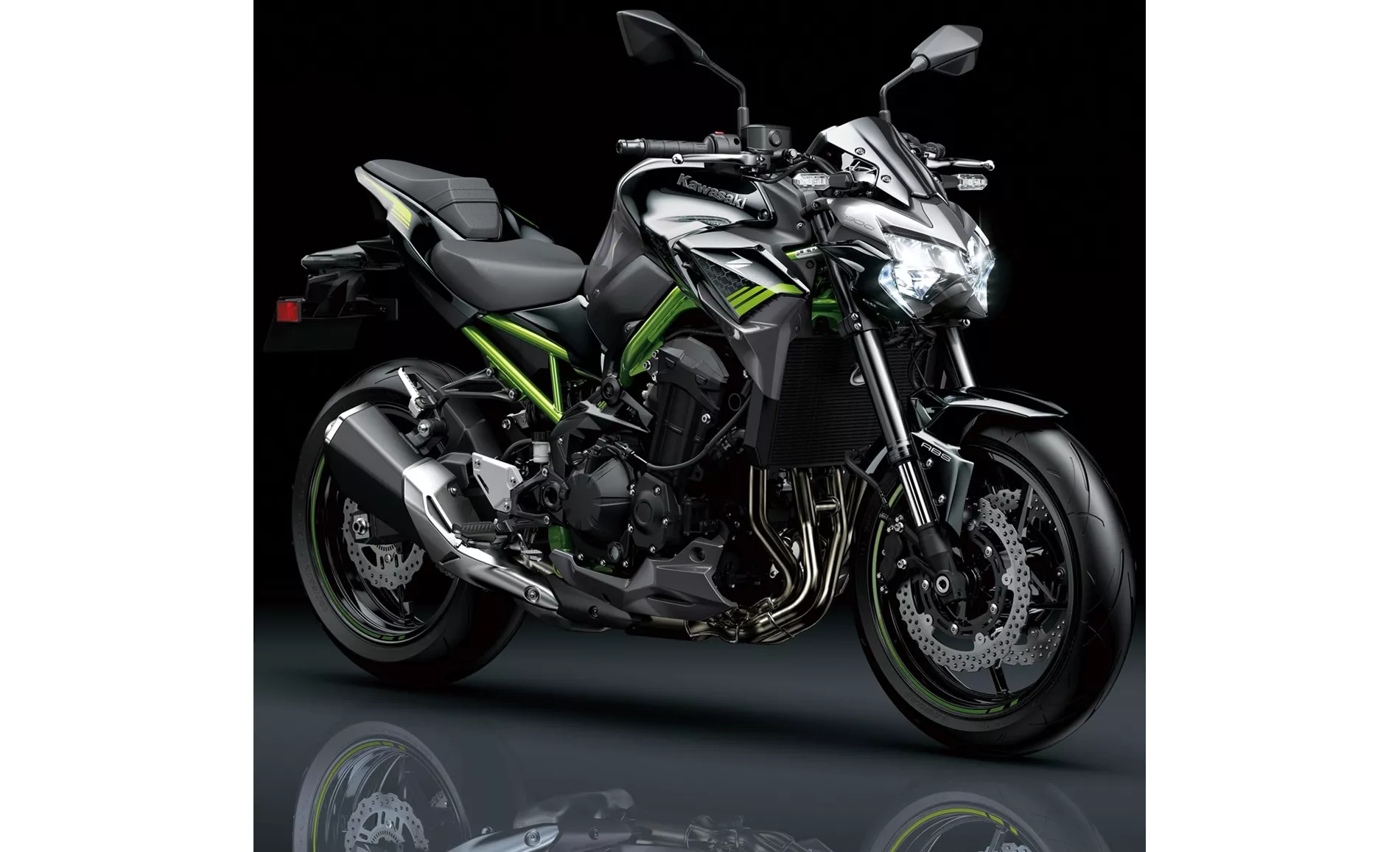
Kawasaki Z900 2020
In terms of strengths, the Ducati Monster 2021 stands out for its powerful V2 engine, offering lots of power from low revs. It also has a comprehensive electronics package, including a quickshifter as standard, enhancing the overall riding experience. The Monster has neutral handling and provides a great combination of riding fun and practicality.
On the other hand, the Kawasaki Z900 2020 boasts a powerful four-cylinder engine, great handling, and good equipment. It also has aggressive looks and offers excellent value for money.
As for weaknesses, the Ducati Monster 2021 could benefit from a little more finesse in the chassis department considering its price range. On the other hand, the Kawasaki Z900 2020 has a somewhat tiring menu navigation system and lacks the option for a quickshifter.
In conclusion, both the Ducati Monster 2021 and the Kawasaki Z900 2020 are impressive naked bikes with their own unique strengths and weaknesses. The choice between the two ultimately depends on the rider's preferences and priorities, whether it be power, handling, features, or value for money.
Technical Specifications Ducati Monster 2021 compared to Kawasaki Z900 2020
Pros and Cons in comparison
Pros and Cons in comparison
Ducati Monster 2021
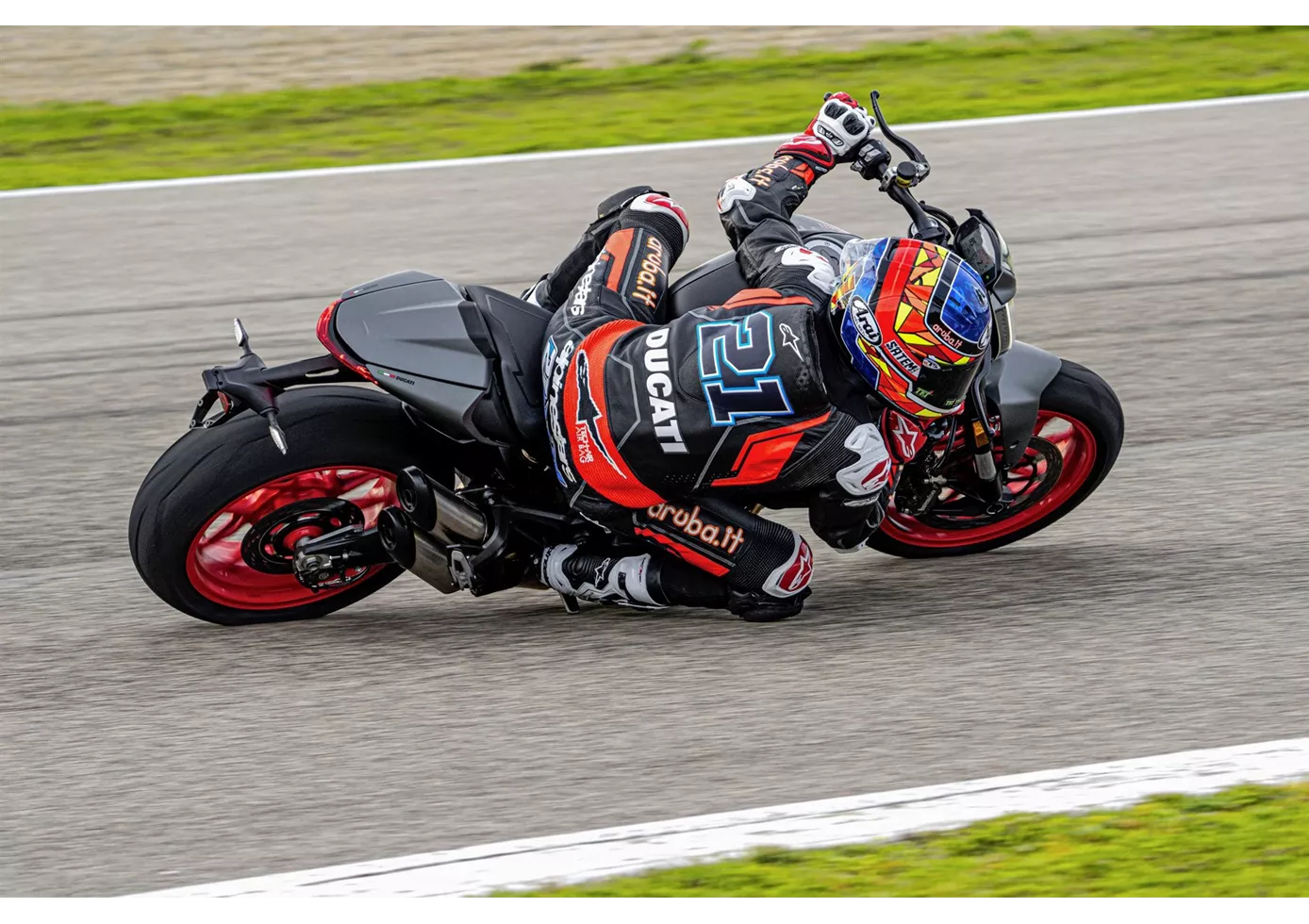
Ducati has done a good job with the Monster. On paper, you quickly realise that Ducati was able to save a few costs on the equipment. But in the saddle, riding pleasure dominates. Pure joie de vivre spreads out when the agile machine waggles heart-warmingly through the radii. The charismatic V2 rolls casually and perfectly out of the bends.
Kawasaki Z900 2020
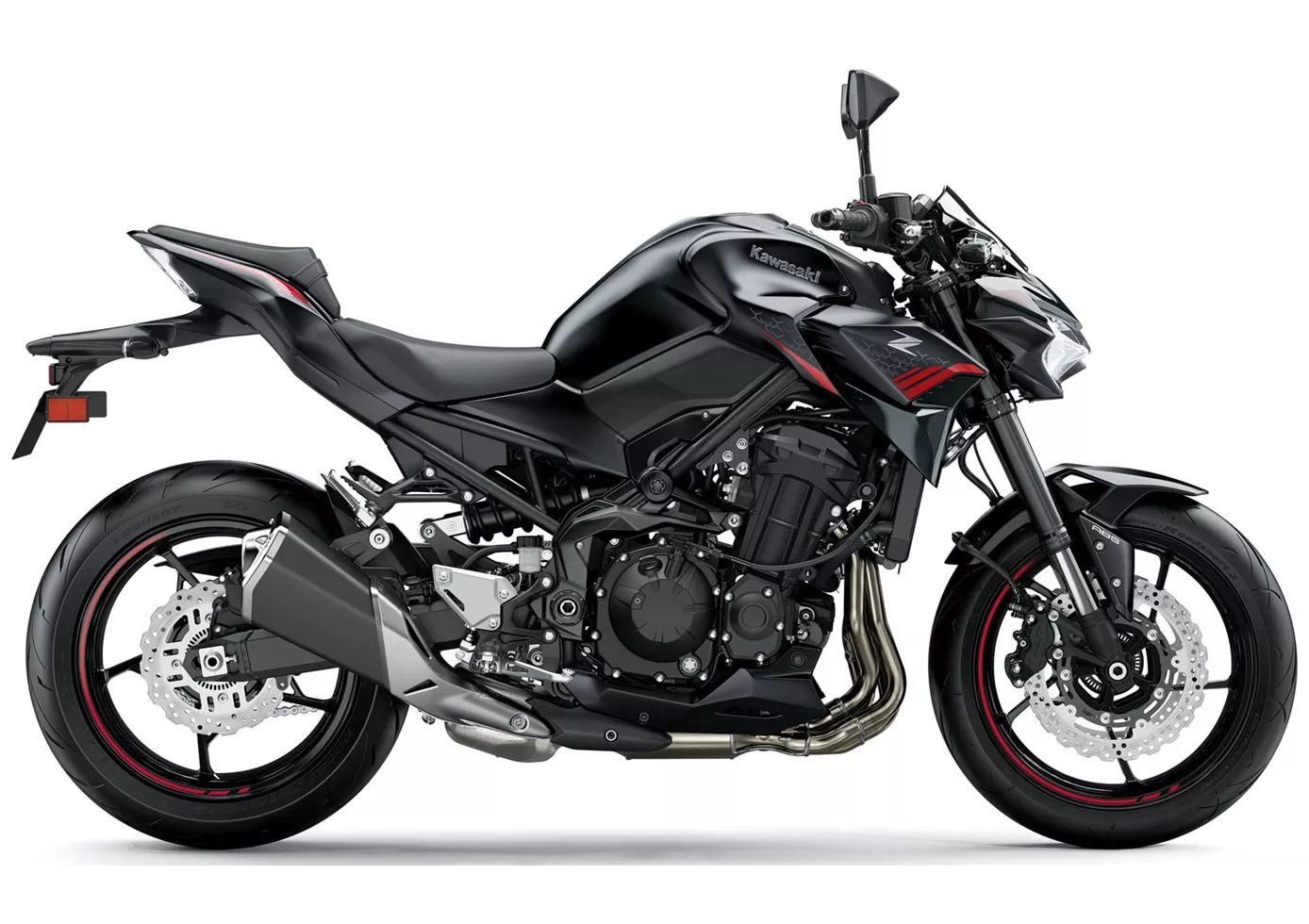
In terms of price-performance, the Kawasaki Z900 is hard to beat at the moment. With the perfectly tuned engine, the high-quality chassis components and the electronics added for 2020, this naked bike offers everything that sporty riders will be looking for. There is really nothing to complain about, even if the option of a quickshifter would have been a nice extra. Apart from that: great shot, Kawasaki!
Price Comparison Avarage Market Price Ducati Monster vs Kawasaki Z900
There are a few key differences between a Ducati Monster 2021 and a Kawasaki Z900 2020. It takes less time to sell a Kawasaki Z900 with 124 days compared to 126 days for the Ducati Monster. Since model year 2021 1000PS.de editors have written 13 reviews for the Ducati Monster and 46 reviews for the Kawasaki Z900 since model year 2017. The first review for the Ducati Monster was published on 02/12/2020 and now has more than 90,700 views. This compares to more than 93,200 views for the first review on Kawasaki Z900 published on 11/11/2016.
